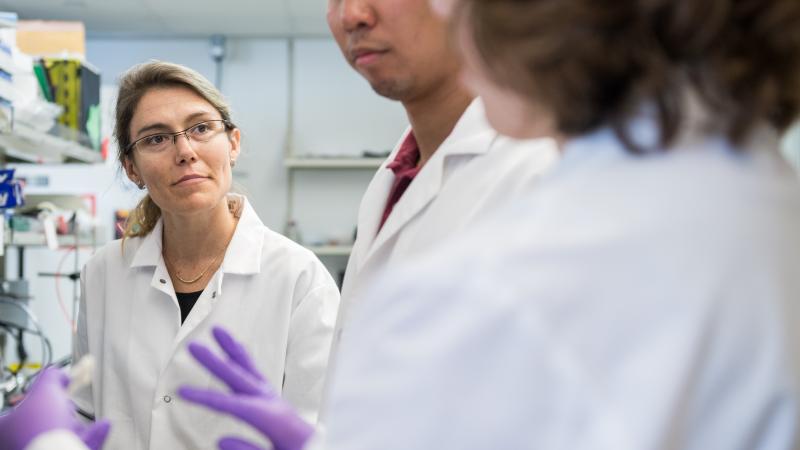March 17, 2021

In research recently published in Tissue Engineering Part A, Kristen Mills, an assistant professor of mechanical engineering at Rensselaer Polytechnic Institute, and her lab sought to explore the mechanical mechanisms behind the progression of pre-cancerous ductal carcinoma in situ (DCIS) to invasive ductal carcinoma (IDC). Only about 30 to 40% of DCIS cases are likely to progress into IDC, but, because little is known about how and why it occurs, clinicians and patients often opt for treatment. A better understanding of the mechanisms behind the progression to IDC could prevent overtreatment.
To that end, researchers built a mammary duct model as a channel within a collagen matrix, lined with membrane. They were able to adjust the concentration of collagen in order to change the stiffness of the matrix. Using several different breast cancer cell types of varying aggressiveness, they were able to demonstrate that their model could capture important behaviors associated with different stages of breast cancer. This work provided a proof of principle that the model has the potential to reveal key mechanical factors that may contribute to the transition from DCIS to IDC.
Jonathan Kulwatno, a graduate student in biomedical engineering at Rensselaer, was first author on this paper. Mills, who is a member of the Center for Biotechnology and Interdisiplinary Studies at Rensselaer, and Kulwatno collaborated on the paper with researchers from University of Albany.